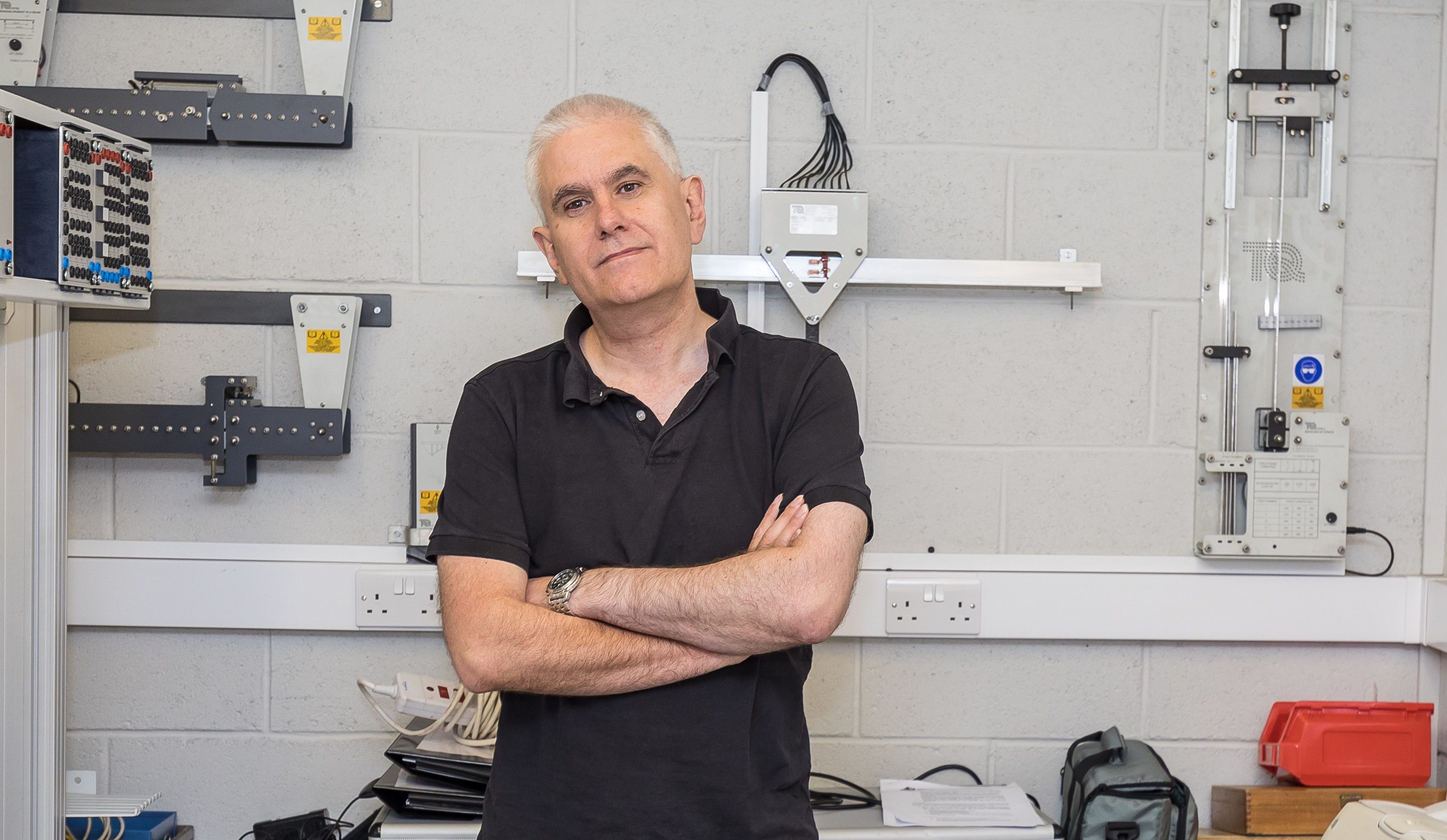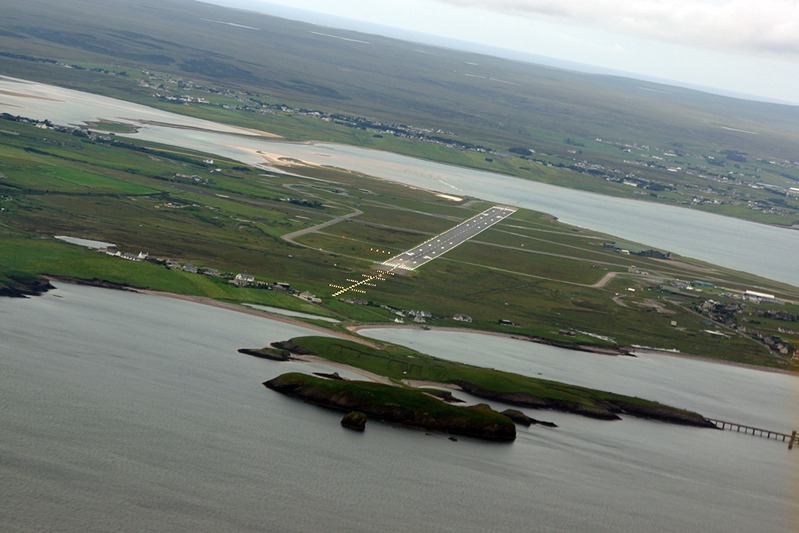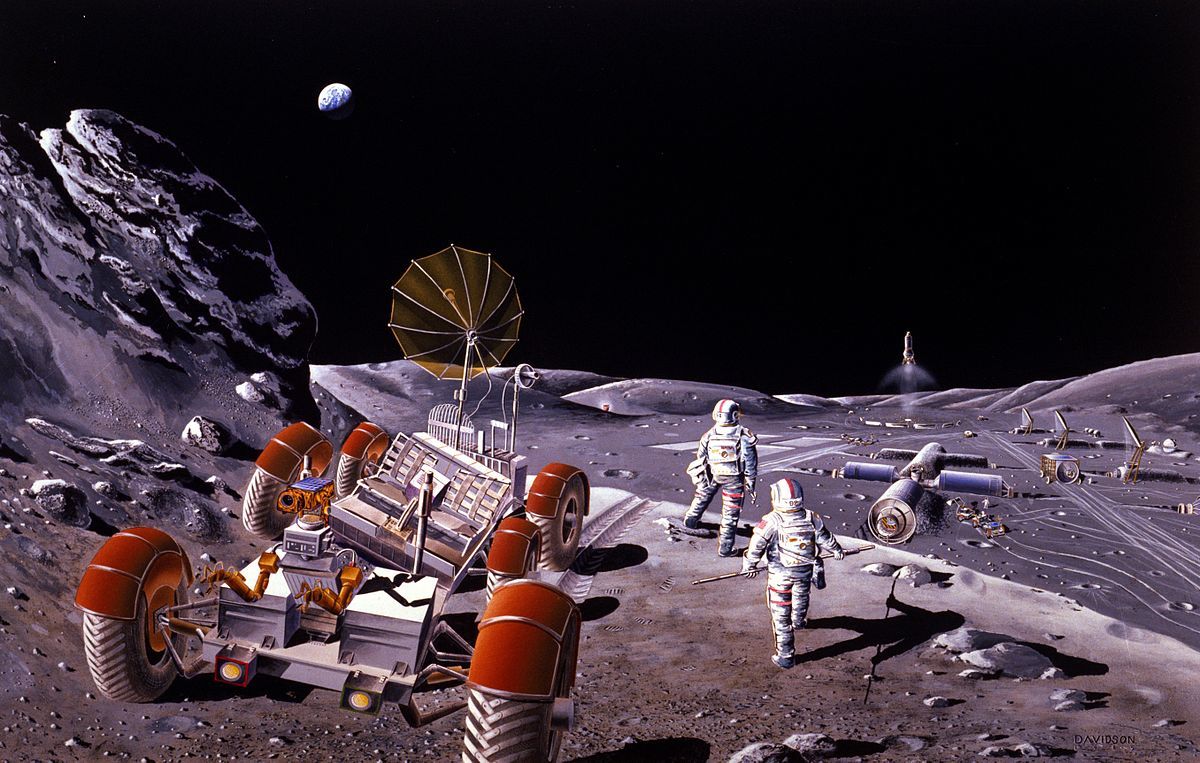
CHRIS MacLeod is working on a plan to send people into outer space – from the Outer Hebrides.
The Lewis-born researcher is reaching for the stars from his base at the Stornoway-based engineering department of the University of the Highlands and Islands.
He is developing an engine which he hopes will transform commercial space travel into an economically viable project, at a time when Stornoway is in the running to be a UK space port.
“If we had an inexpensive way of flying into space, a lot of other problems facing the world would simply disappear,” he said.
“For a start, we could get rid of toxic waste from nuclear power plants by sending it towards the sun.
“We could also eventually be mining asteroids for important minerals.
“It would make humans into a spacefaring race instead of being locked on Earth.
“The potential is almost unimaginable.”
Dr MacLeod, 48, insists his plans are not just pie in the sky.
Stornoway Airport has been identified as a potential location for a UK space port – and the local council and the site’s owner, Highlands and Islands Airports Ltd, have welcomed the idea.
While it is difficult to bring equipment to the island – the only transport is a two-and-a-half-hour ferry from Ullapool or a flight on a propeller plane from Glasgow – his team can design the engine using computers and build models in the machine shop. Stornoway is in the running to be a space port partly because it sports one of the UK’s longest runways.
It was home to the RAF from the Second World War until the end of the Cold War.
Dr MacLeod’s 30-year career so far includes experience in aerospace engineering, physics and micro-electronics. He also had a five-year placement at US space agency NASA.
He left Lewis when he was a teenager to pursue his scientific ambitions but three years ago decided to return to his roots.
“There is nothing incompatible with being in a remote island location like this and being at the absolute forefront of space research,” he said. “It is almost a happy accident that I have come back to Stornoway when it is being talked about as a potential space port.
“It is not inconceivable that in 20 or 30 years’ time there will be a large hangar here that makes spaceships instead of oil rigs.”
Dr Macleod said the main challenge was to find a cheaper alternative to using traditional rockets, which are enormously expensive and can’t be reused.
The engineer and his team have begun designing a reusable jet engine which could take an aircraft from a runway into orbit and back. There is already such an engine, called a scramjet, but Dr Macleod said these were doomed to fail because the craft flies too fast to produce the right mix of fuel and air needed to get it into orbit.
His solution is to use fuel pellets, which distribute the fuel more evenly, then vaporise when air flows around them, and produce the thrust that makes the engine work.
At present, it costs about £15,500 per kilogram to send something into space. By that reckoning it would cost about £2m just to send an average-sized man into orbit – and that is not including his heavy space suit or equipment.
“In the past, the way spacecraft have been designed is, in cost terms, equivalent to building a jumbo jet, flying it to London with three passengers on board and then throwing it away,” said Dr MacLeod.
“Our goal is to bring the cost of sending people into space down to about the same price as a first-class return air fare from Glasgow to Sydney.
“It is conceivable that this could happen within my lifetime.
“I suspect that commercial space travel will become fairly common fairly quickly and it will soon be regarded as being no big deal.”
Aberdeen-based computer software expert Dr Claire Gerrard, who runs simulations and works on data modelling for the project, said: “Chris has a vast knowledge of science and people from NASA have been over to see him in Stornoway to study his work.
“He is very passionate about what he does – he is consumed by it. The results I have been working on for Chris have generally been very positive and no one has been able to prove his ideas won’t work.
“It is all very exciting and the island is lucky to have him there.”
BACKGROUND
The Government announced five years ago that Britain should lead the way on commercial space flight.
Spaceport sites must have a runway longer than 3000m (9842ft). This is because it is believed the spaceport will launch horizontal take-off “spaceplanes”, not old-style vertical rockets.
In 2015 a shortlist of five potential sites was announced. In addition to Machrihanish and Prestwick, Stornoway in the Western Isles was mentioned as it was one of the few sites that would be able to house vertical launch rockets.
The Scottish sites were in competition with Llanbedr Airport in Wales and Newquay Cornwall Airport.
However, last year the Government decided any airport that met the criteria could become a spaceport.

Enjoy the convenience of having The Sunday Post delivered as a digital ePaper straight to your smartphone, tablet or computer.
Subscribe for only £5.49 a month and enjoy all the benefits of the printed paper as a digital replica.
Subscribe
